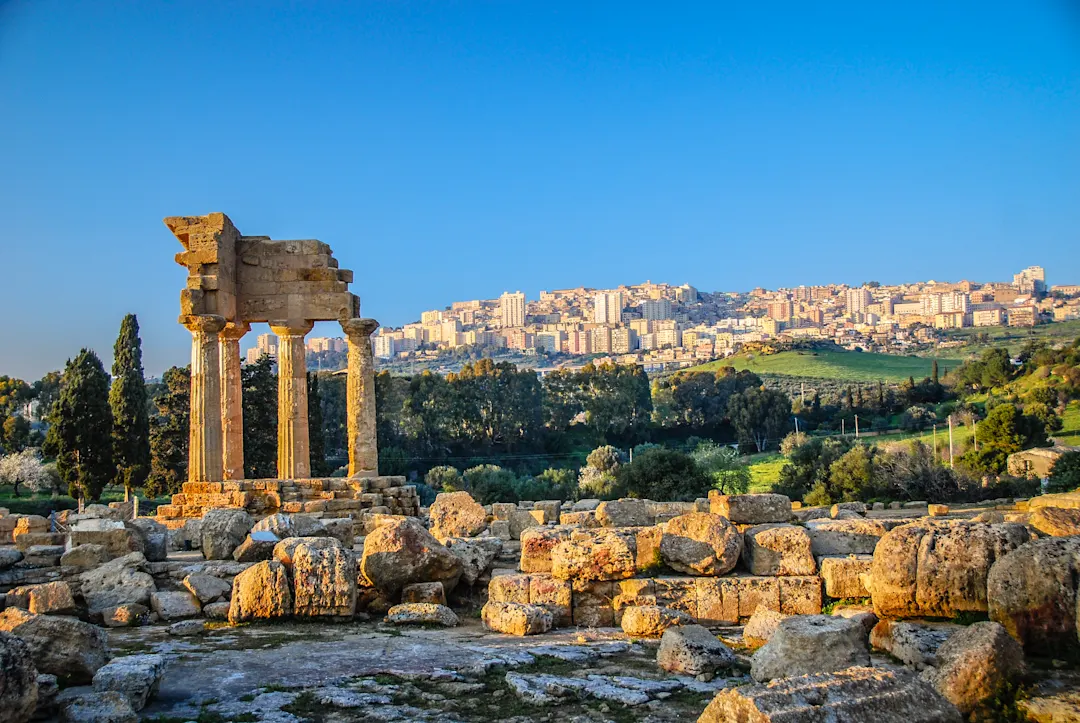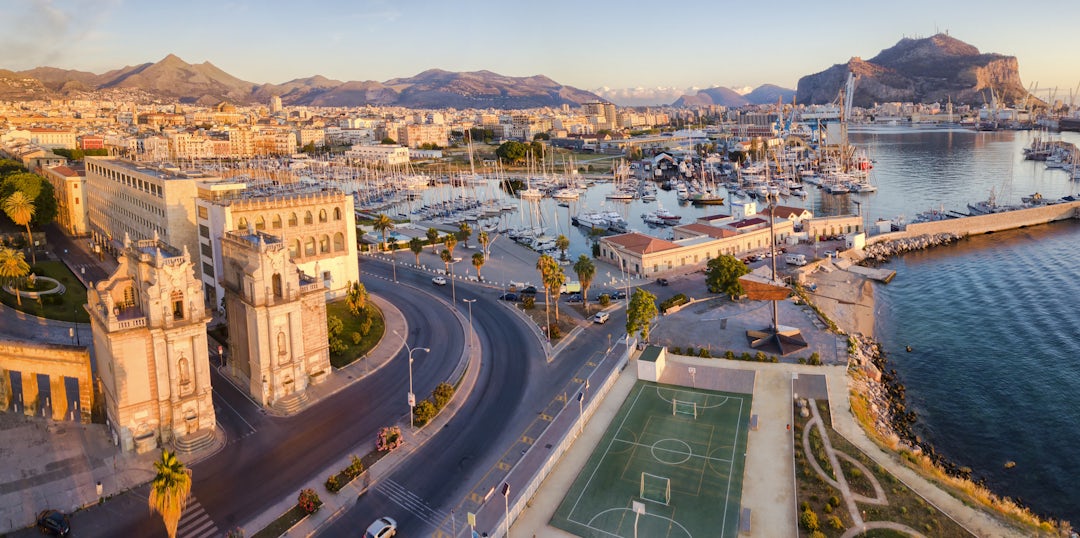
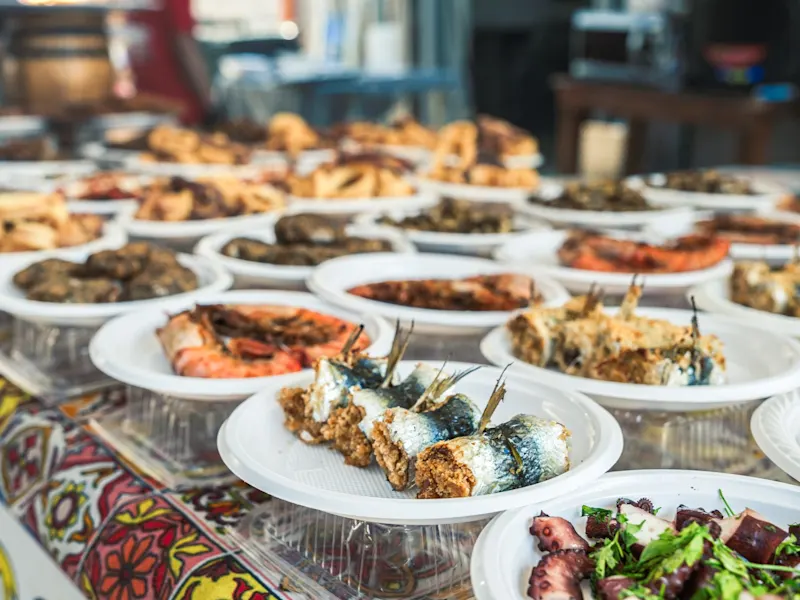
Things to see and do in Palermo
Top highlights and exclusive tips from travel experts
Plan your Trip
Your tailor-made itinerary – No cost, no commitment
Excellent
4.5 of 5
4,670Reviews
Excellent
What should you do in Palermo?
With around 650,000 inhabitants, Palermo is the fifth largest city in Italy and the capital and cultural center of Sicily. Enjoy the Mediterranean flair of the Mediterranean metropolis, stroll through the charming alleyways of the old town, and be enchanted by the serenity and warmth of the locals. Of course, numerous culinary delights also await you on your vacation in Palermo.
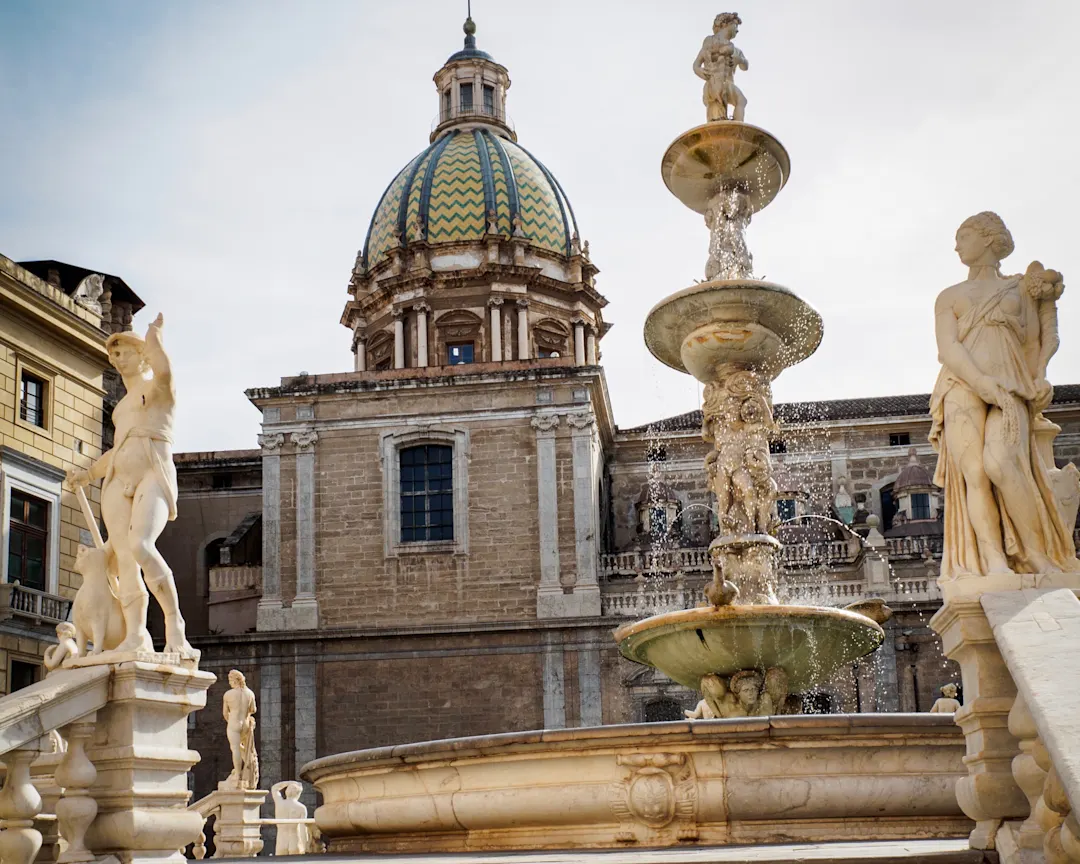
Palazzo Reale
Magnificent Castle From the 9th Century
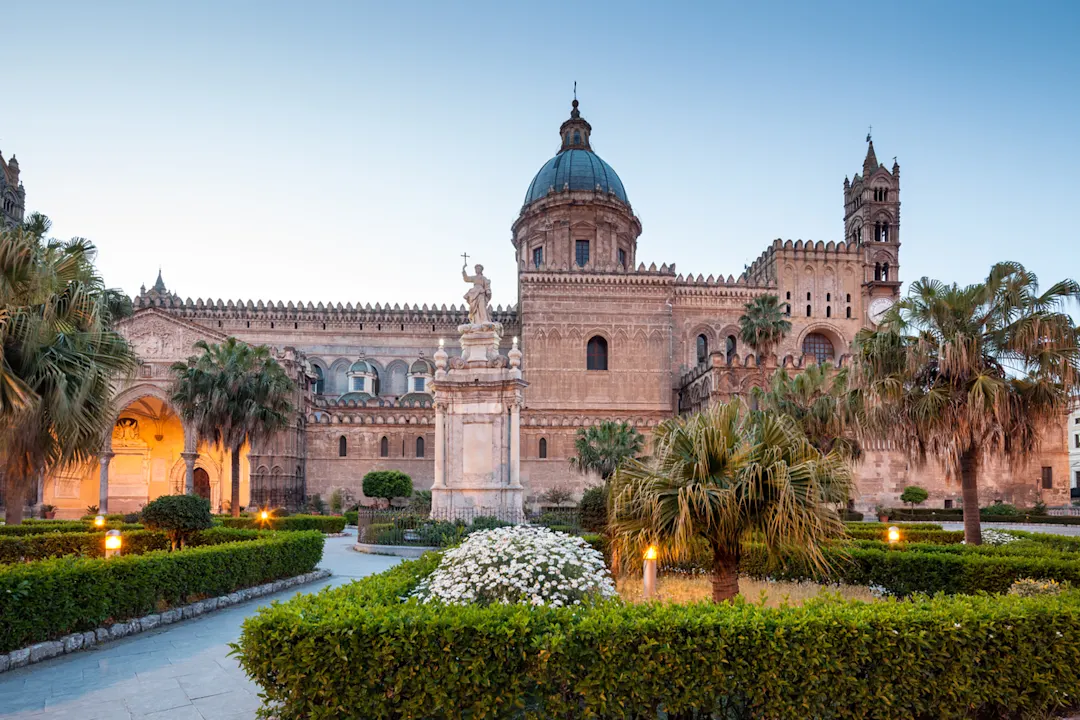
Palermo Cathedral
Important Church in Norman-Arabic Style
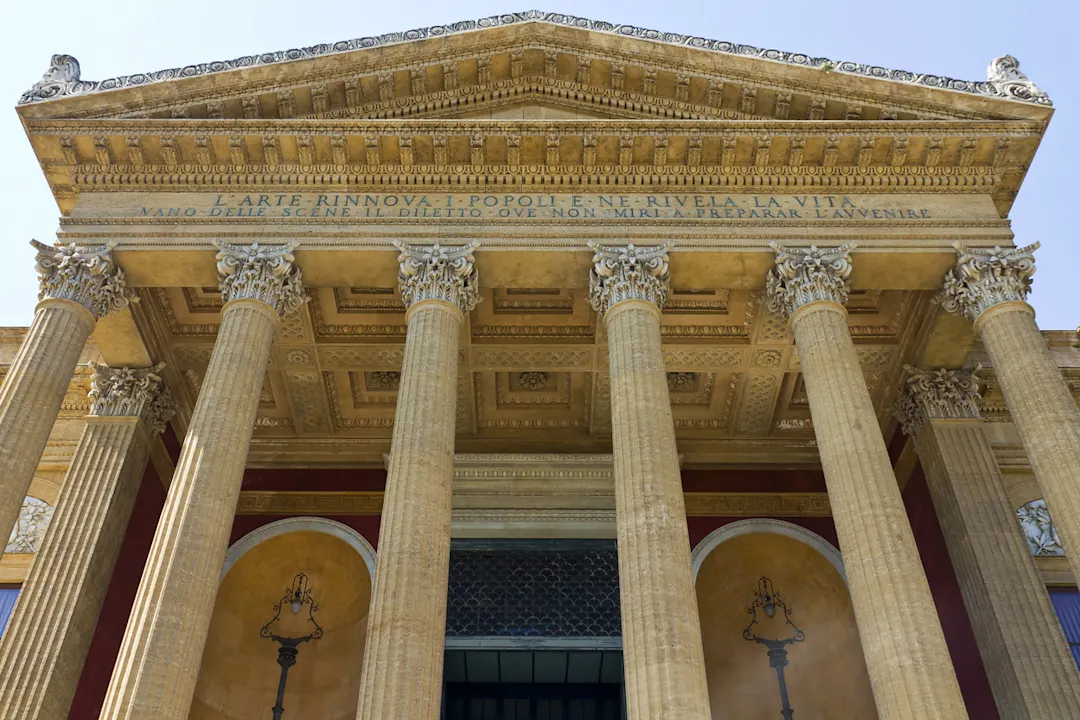
Teatro Massimo
Largest Opera House in Italy in Historicist Style
Which sights to explore in Palermo?
Palazzo Reale (Norman Palace)
Perched on a hill in Palermo’s historic center, the Palazzo Reale—also known as the Norman Palace—is one of the most important architectural landmarks in Sicily. Originally built in the 9th century as the Emir of Palermo’s summer residence, it was later transformed by Norman King Roger II into his royal seat. Today, the palace dazzles with its mix of Arab, Norman, and Baroque influences. Don’t miss the magnificent Palatine Chapel inside, adorned with golden mosaics, and enjoy a peaceful stroll through the nearby Villa Bonanno with its lush palm gardens.More...
Practical information for your trip
Fall and spring are the best times to visit the city. This way you avoid the hot summer months. If you want to combine a beach vacation with a city trip, it is best to travel to Sicily in May, June or September.
In Palermo, you should spend at least 2 to 3 days exploring the main sights such as Palermo Cathedral, the Palace of the Normans, the Capuchin Crypt and the lively markets. This will also give you the opportunity to enjoy the local cuisine and the ambience of the city at your leisure.
Plan for free
Custom holiday packages and trips that fit your budget
Personalized for you
Itineraries built exactly to your needs
Private VIP guides
A personal English-speaking, native-European travel expert for every step
Peace-of-mind support
Full service assistance before, during, and after your trip
